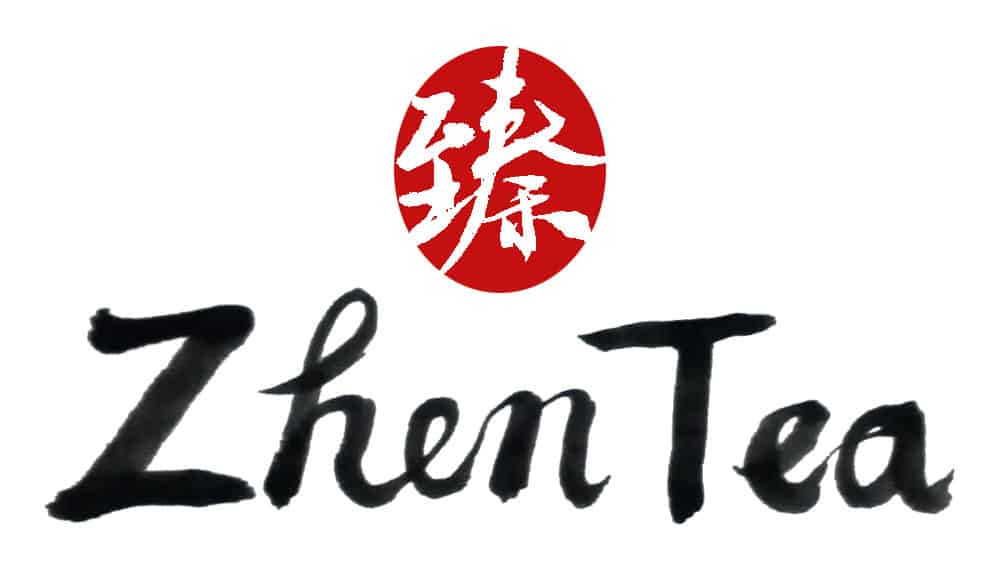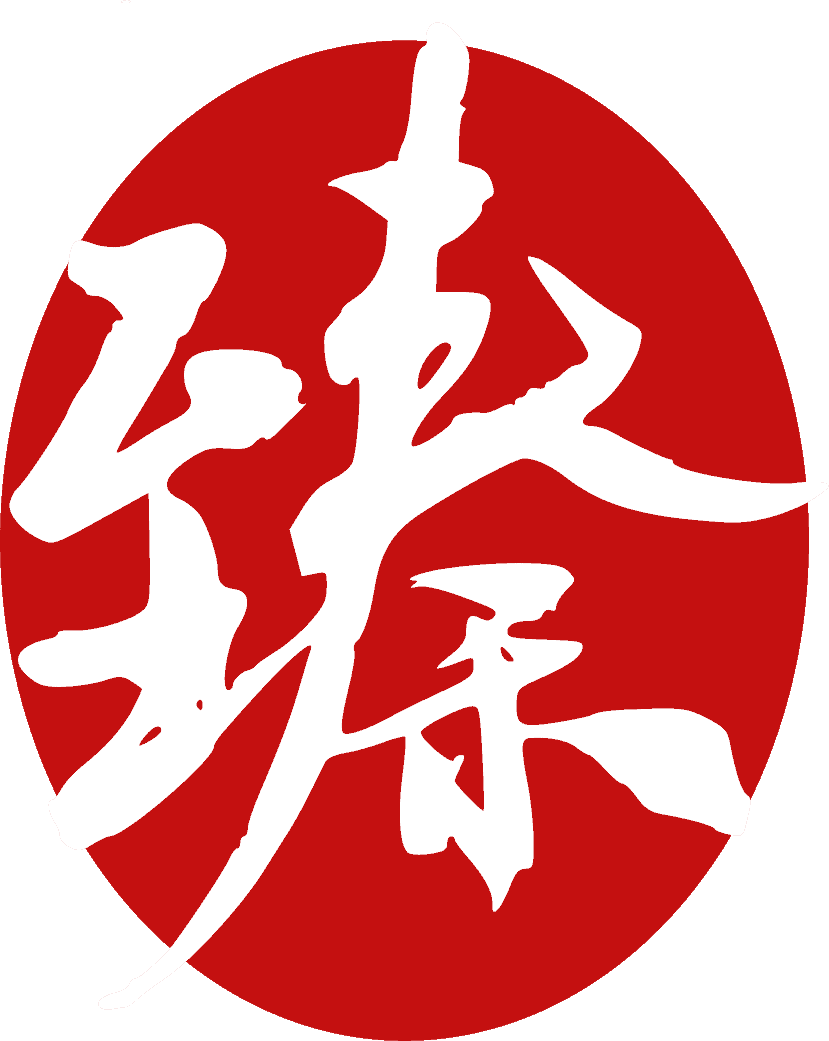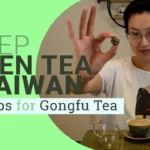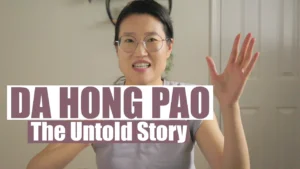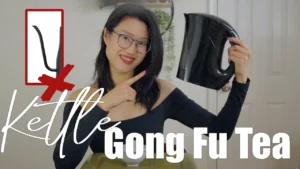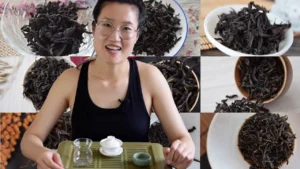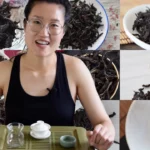What are the naming conventions for Chinese tea?
Despite the new tea names that are given by the inventors or the brands, there are some rules about how Chinese teas are named. Generally speaking, white tea is named based on the grade – bud/leaves ratio. Green, black and dark teas usually have the region in their names, for example Anji Bai Cha (Anji is a place in Zhejiang Province), Tanyang Gong Fu (Tanyang is located in Fujian Province), Liubao Cha (Liubao County is in Guangxi Province). Oolongs are named after their cultivars: Tie Guan Yin, Da Hong Pao, Shui Xian, Qi Lan, are all names for the different cultivars. It is also very common to add the origin in front of tea. Zhangping Shui Xian, for instance, is the Shui Xian grows in Zhangping area and the taste is absolutely different compared to Shui Xian in the Wuyi Mountains.
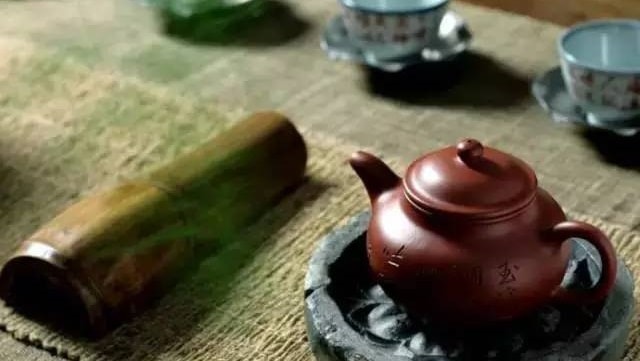
Names are more than Names. They are also standards.
After years of development, the names of the classic tea become more than just names, they are also standards, indicating cultivar, region and process. It is similar to champagne – only the sparkling wine produced from grapes grown in the Champagne region of France following a specific process can be called champagne. It is the same with Chinese teas.
Bai Hao Yin Zhen should be only made with buds, and the cultivars are usually Da Bai Cha or Da Hao Cha. But since any tea leaves can be made into white tea, special note is needed when the Bai Hao Yin Zhen is made from other tea plants. Shi Feng Long Jing is supposed to come from the Shi Feng area and be processed in the authentic way so that it can reach the high quality level that the name Shi Feng Long Jing commands. The same is true of yellow teas. Either Jun Shan Yin Zhen or Huo Shan Huang Ya use a specific yellowing process and teas from those regions that do not use the traditional process should never lay claim to these classic names. Tie Guan Yin has to be made with tie guan yin leaves. I’ve even heard tell that Zheng Shan Xiao Zhong is not smoked while Lapsang Souchong is smoked. Well, that is false. Zheng Shan Xiao Zhong is mandarin pinyin, while Lapsang Souchong is the English spelling based on the sound of the local dialect. The word Zheng Shan actually indicates the region the tea is from and should not be used unless the tea is from Tong Mu Guan. Lapsang Souchong (Zheng Shan Xiao Zhong), the name itself indicates that it should be smoked because this is how it has been processed for centuries, ever since it was invented. Nowadays the confusion is compounded by a new version of the tea, which is unsmoked. Since that is the exception it should have a proper label indicating that it is not smoked. It is the same with Pu’er. Just the name Pu’er indicates the region, the cultivar and the process. There are a lot of teas on the market today ‘borrowing’ these classic names, but not meeting the expectations that the name demands. It sometimes feels too harsh to say that is wrong, but it is definitely not right.
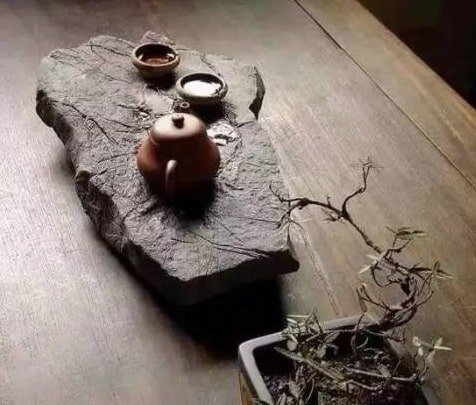
Few interesting things you might notice when the tea names are spelled in pinyin.
- 熟普洱 Shu Pu’er or Shou Pu’er?
You might see both spellings. They both refer to the post-fermented pu’er, also known as cooked or ripe pu’er. Shou is the oral pronunciation and shu is formal. After Mandarin pinyin became standardized, the pronunciation based spelling ‘shou’ was no longer recommended, but people still use it.
- 六安瓜片 Liu’an Gua Pian or Lu’an Gua Pian
Lu’an is the name of the place where the tea is from. This name has been used over generations (it actually dates back to 121 BC). But most people nowadays are familiar with the character 六 as liu (it means 6 in Chinese). Lu as an old pronunciation of the character became less known. Interestingly, the 2009 version of the Xin Hua dictionary suggests the pronunciation of Liu while most local people still use lu to this day.
- 六堡茶 Liubao cha vs Liupu cha
The above explanation made me think of this tea. I’ve only heard few people call it Liupu Cha which is actually the right pronunciation. The character 堡 has several different pronunciations, and when used in place’s names it should be pu. But since the most common pronunciation of this character is bao, most people call the tea Liubao Cha.
- u, ü, or v?
V and ü are the same in pinyin. Because there’s no ü in standard keyboard, v is used as ü when typing. However, u and ü are very different and not interchangeable in pinyin. U has a different pronunciation and refers to different set of Chinese characters. So it is ü in lü cha (green tea), Lü Mu Dan (Green Peony), etc. And u is used in Tanyang Gong Fu and Lu Shan Yun Wu (Cloud and Mist).
Note that all the pinyin spellings in this article omit the tone marks because I’m not teaching a language. Also, I use Mandarin to spell the tea names here because it is one of the most spoken languages. Moreover, there are so many dialects in China, that to use English spellings based on local dialects would result in far too many different versions of tea names. Teavivre has a nice listing of tea name with a lot of common tea names and their possible alternatives. I hope this will be useful for those who are looking for something like this. http://www.teavivre.com/info/tea-name-lists/
